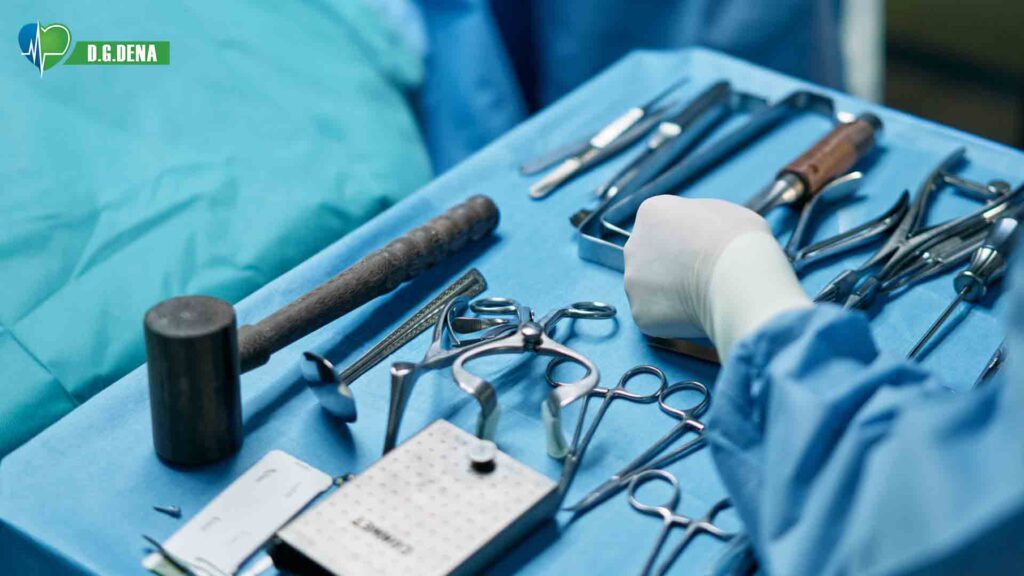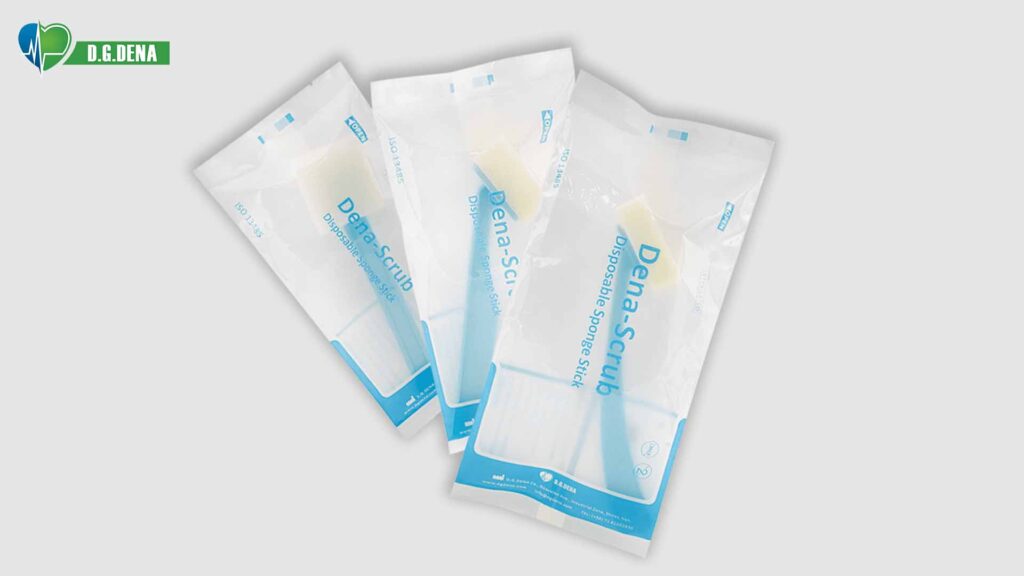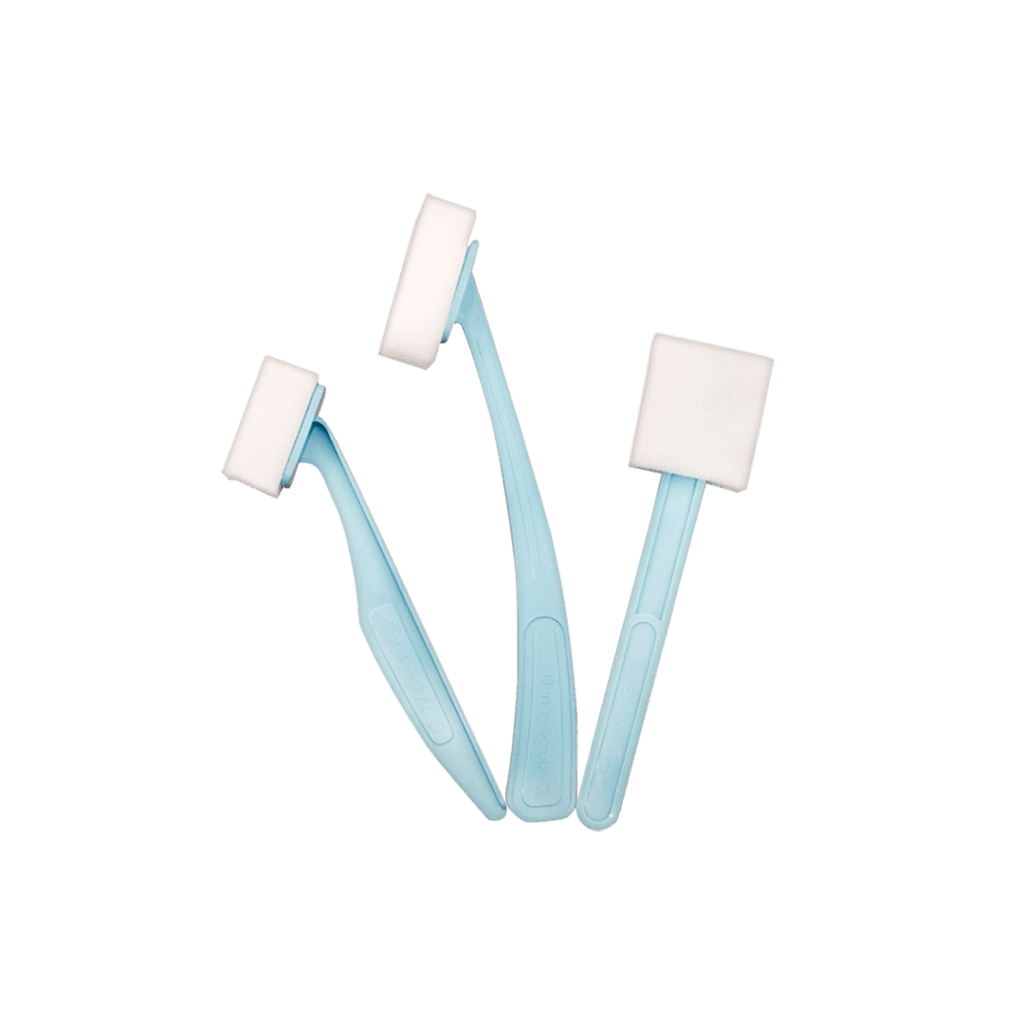Surgical Prep and Drape, Sterility and Infection Prevention
Sterility preservation and surgical site infection (SSI) prevention are arguably the most critical components of any surgical procedure. Surgical prep and drape are vital in preserving a sterile field, protecting both the patient and the surgical team.
What is Prep and Drape in Surgery?
The term “surgical prep and drape” refers to prepping the patient’s skin and the surgical site surface to create a sterile field. Both procedures are essential to ensuring a safe and successful surgery.
Here in this comprehensive guide, we are going to discuss:
- Why surgical prep and drape are crucial
- Prepping and draping step-by-step procedure
- Types of surgical drapes
- Factors that play a pivotal role in the process
- Best infection control practices in surgery
By the end of this article, you’ll have a complete understanding of how proper prep and drape techniques enhance patient safety and surgical outcomes.
Why Is Surgical Prep and Drape Important?
Human skin harbors numerous bacteria and microorganisms that can lead to surgical site infections (SSIs) if not properly managed. Surgical prep and drape help sterilize the patient’s skin and the operating room environment, preventing bacterial contamination from:
- Patient’s skin
- OR staff
- Surgical equipment and instruments
Most Important Benefits of Proper Prep and Drape in Surgery
- Reduces SSI Risk: Lowers bacterial contamination for lower-risk procedures.
- Increases Surgical Accuracy: Offers a sterile field for best visibility and accessibility.
- Reduces Healthcare Costs: Reduced infection means less time in the hospital and lower treatment costs.
- Prioritizes Patient Safety: Prevents post-op complications like sepsis or delayed healing.
- Shortens Recovery Time: Discharged more rapidly with fewer readmissions.
Let’s discuss each point in detail.

What Is Surgical Prep?
Surgical prep (prepping) is patient’s skin before an incision is made to destroy bacteria and microorganisms.
Steps in Surgical Skin Preparation
- Hair Removal (If required): Use clippers or depilatory creams instead of razors to avoid micro-cuts (chance of infection). Follow hospital policy for hair removal.
- Skin Cleansing: Clean the surgical area with antimicrobial soap and water.
- Antisepsis (Disinfection): Apply an antiseptic solution (e.g., chlorhexidine gluconate 4% or povidone-iodine). Allow the solution to air dry completely for maximum antimicrobial effect.
Common Antiseptic Solutions Used in Surgical Prep
|
Solution |
Key features |
|
Povidone-Iodine |
Broad-spectrum, effective against bacteria, viruses, and fungi. |
|
Chlorhexidine Gluconate (CHG) |
Long-lasting antimicrobial effect, especially against gram-positive bacteria. Often combined with alcohol. |
| Alcohol (Isopropyl/Ethyl) |
Fast-acting but short-lived; often used in combination with CHG. |
What Is Surgical Draping?
Surgical draping is covering the surgical site with sterile barriers to create a contamination-free environment.
Types of Surgical Drapes
- Standard Drapes: Cover general surfaces.
- Fenestrated Drapes: Include an opening for surgical access.
- Fluid-Resistant Drapes: Bar liquid penetration.
- Adhesive Drapes: Adhere to the skin for firm positioning.
Proper Draping Technique
- Wear Sterile Gloves: Prevents contamination.
- Open Drapes Sterilely: Prevents touching the drape’s contact area.
- Place Drapes Carefully: Provide full coverage around the incision site.
- Secure Adhesive Drapes: Seal edges carefully.
- Maintain Sterility: Do not touch non-sterile surfaces.
Factors Affecting Surgical Prep and Drape
There are various factors affecting the selection of prep and drape techniques:
- Type of Surgery: Major operations need more potent antiseptics and larger drapes.
- Surgical Site: Dictates drape size and shape.
- Patient Allergies: Avoid antiseptics that trigger reactions.
- Skin Conditions: Modify techniques for patients with dermatitis or wounds.
Step-by-Step Guide to Surgical Prep and Drape
Patient Preparation
- Explain the Process: Reduce patient anxiety.
- Check for Allergies: Avoid adverse reactions.
- Remove Hair (If necessary).
- Cleanse the Skin: Use antimicrobial soap.
- Apply Antiseptic: Apply proper solution in circular motions, moving outward.
Draping the Surgical Site
- Use Sterile Gloves: Avoid contamination.
- Position Drapes Correctly: Cover all non-sterile areas.
- Ensure Secure Adhesion: Avoid drapes shifting.
Essential Equipment for Prep and Drape
- Antiseptic solutions
- Sterile applicators (e.g., DENA disposable prep applicators)
- Sterile gloves
- Surgical drapes
- Hair removal equipment (depilatory creams)
- Antibacterial soap
- Sterile collection containers
Best Infection Control Practices:
- Follow AORN (Association of perioperative Registered Nurses) guidelines.
- Use single-use sterile drapes.
- Allow antiseptics to air dry before incision.
- Educate OR personnel in proper prep and drape.
Dena Dry Prep Sponge Stick
Dena Dry Prep Sponge Stick is a standardized medical device intended for prepping a patient’s skin before surgery. This adjustable tool is utilized across numerous procedures, such as:
- Surgical prepping
- Catheter insertion
- Foley catheter placement
- Every applicator is packaged in sterile form, promoting maximum safety and hygiene.
Key Features:
- Easy to use: Designed for efficient application
- Cost-effective: Budget-friendly without sacrificing quality
- Skin-friendly: Safe for every skin type
- Sterilized by ethylene oxide
- Latex-free, to reduce the risk of allergies
- Perfect for surgery & emergency rooms (multi-clinical use)
- Packaged in 3 Models
Dena Dry Prep Sponge Stick has no antiseptic solution. Medical staff will have to select an appropriate disinfectant (chlorhexidine or povidone-iodine) based on:
- Clinical requirements
- Sensitivities of patients
- Hospital protocols
This product enhances infection control as well as provides a clean, disposable option.

Conclusion
Surgical prep and drape are essential in preventing infection and ensuring healthcare outcomes. Adhering to evidence-based practice, healthcare teams can:
- Reduce SSIs
- Improve patient recovery
- Reduce healthcare costs
For optimal results, always use good-quality antiseptics and drapes and adopt sterile practice.


